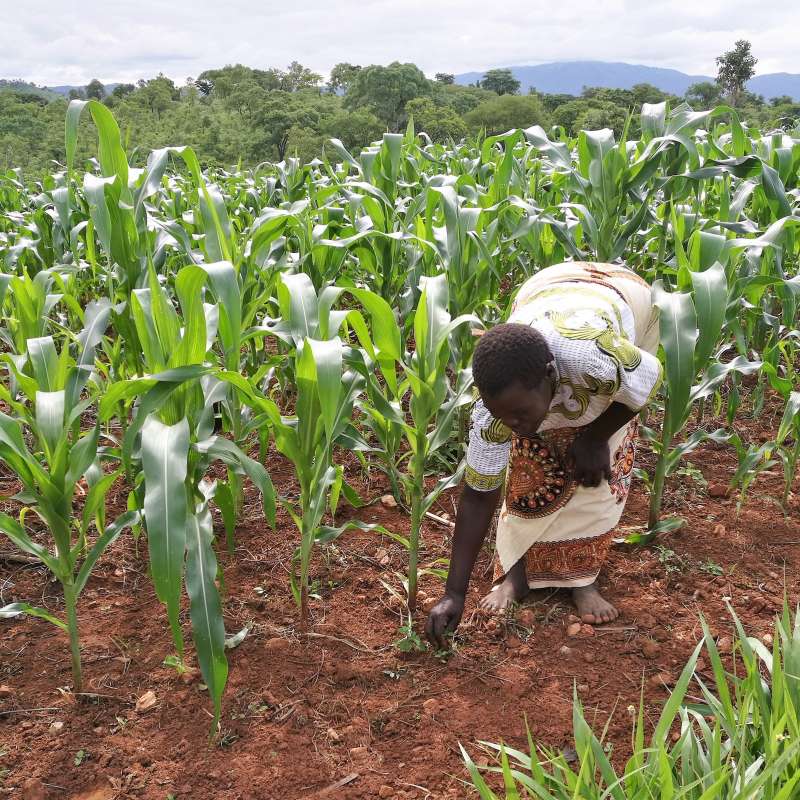Karl Thunes
Forsker
Forfattere
Kalkidan Mulatu Ayele An Notenbaert Shimelis Gizachew Raji Bimrew Asmare Niklas Wickander Solomon Mwendia Peter Dörsch Caroline Brophy Karl Thunes Marit JørgensenSammendrag
Det er ikke registrert sammendrag
Til datasett
Forfattere
Kalkidan Mulatu Ayele Shimelis Gizachew Raji Bimrew Asmare Niklas Wickander Solomon Mwendia Peter Dörsch W. A. Worku Caroline Brophy Karl Thunes Marit JørgensenSammendrag
EthiopiaGrass Fact sheet. 1 p.
Til datasett
Forfattere
Kalkidan Mulatu Ayele An Notenbaert Shimelis Gizachew Raji Bimrew Asmare Niklas Wickander Solomon Mwendia Peter Dörsch W. A. Worku Caroline Brophy Karl Thunes Marit JørgensenSammendrag
Det er ikke registrert sammendrag

